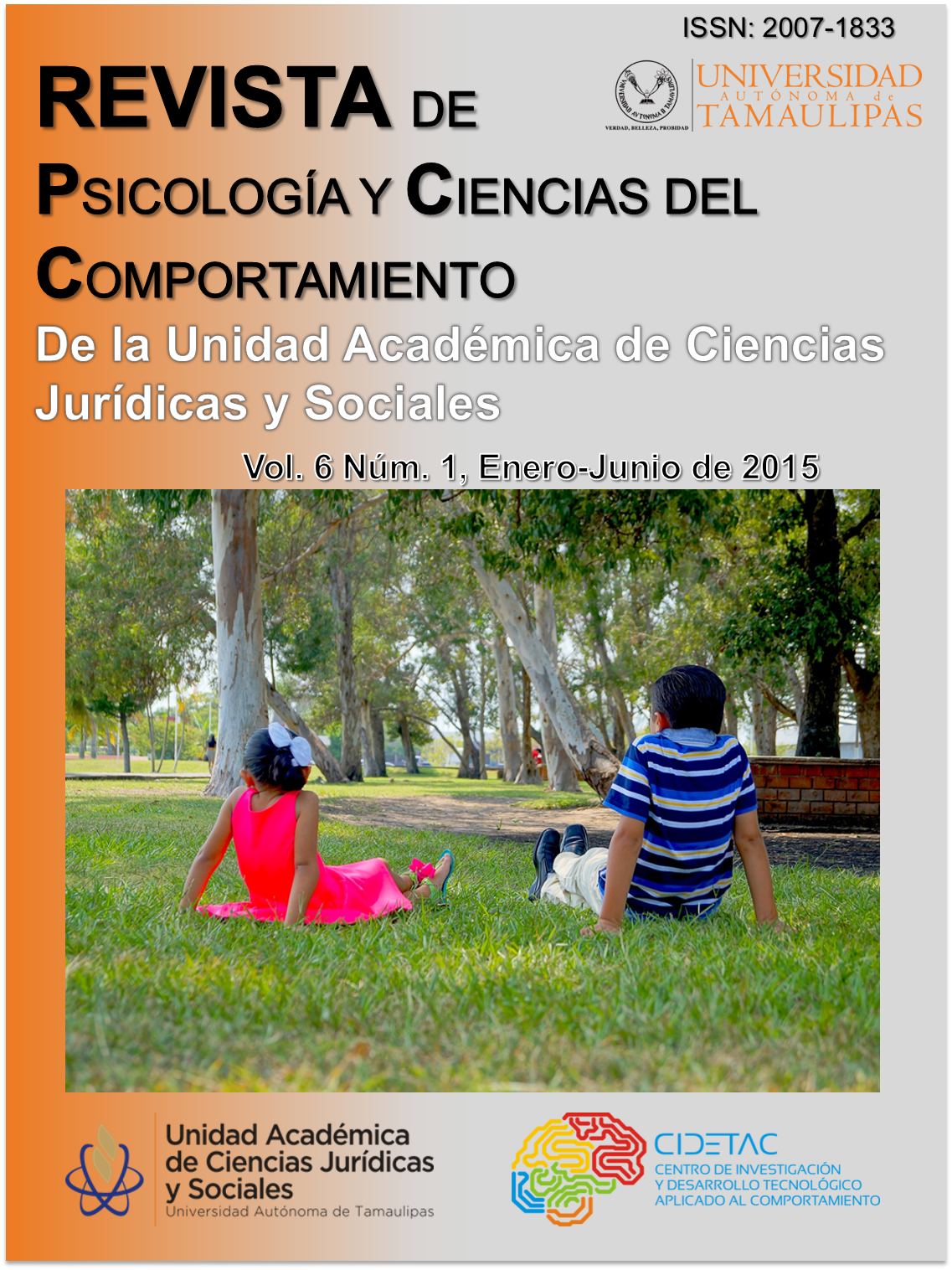Working children and adolescents from Xalapa becoming homeless: a reflection from the scaffolding
Keywords:
homeless, child labor, scaffoldingAbstract
The phenomenon of working children and adolescents and homeless is fraught with many stigmas and taboos such as vagrancy, drug addiction and crime. The actions taken by the authorities to eradicate that problem have had little impact since its inception on child labor is limited. This paper aims to reflect how working children and adolescents from the city of Xalapa, Veracruz become homeless through the Scaffolding Theory.References
Artículos 201, 201-Bis y 205-Bis del Código Penal Federal. Bharadwaj, México DF, 14 de agosto de 1931.
Bharadwaj, P., Lakdawala, L., & Li, N. (2013). Perverse consequences of well intentioned regulation: evidence from India's child labor ban. NBER Working Paper(19602).
CONEVAL. (2013). Informe de la pobreza en México 2012. México, DF.
Cruz, S. (2014). Análisis de la reconfiguración del trabajo en un grupo de trabajadores chiapanecos en Xalapa, Veracruz. Centro de Investigaciones y Estudios Superiores en Antropología Social.
Domínguez, M., Romero, M., & Paul, G. (2000). Los "Niños Callejeros". Una visión de sí mismos vinculada al uso de las drogas. Salud Mental, 23(3), 20-28.
Fernández, D. (1993). Malabareando. (C. d. Teológica, U. Iberoamericana, & C. d. Social, Edits.) Xalapa.
IIJ-UNAM. (3 de Febrero de 2015). Instituto de Investigaciones Jurídicas UNAM. Recuperado el 26 de Febrero de 2015, de http://info4.juridicas.unam.mx/ijure/fed/9/4.htm
IVM. (2012). Diagnósitico participativo con promotoras para la prevención de la violencia de género. Veracruz, México.
Leyra Fatou, B. (2005). El trabajo infantil en México: reflexiones de una antropóloga. AIBR. Revista de Antropología Iberoamericana (40).
Liebel, M., & Saadi, I. (2011). ¿Erradicación del trabajo infantil o trabajo digno para niños trabajadores? Revista Iberoamericana sobre Niñez y Juventud en Lucha por sus Derechos (4).
Mateos, P. H. (2002). Facultad de Ciencias Humanas UNLPam. Recuperado el 20 de Febrero de 2015, de http://www.fchst.unlpam.edu.ar/iciels/ponencias.php
Orozco, E. A. (2012). Estado del arte del trabajo infantil. Civilizar. Ciencias Sociales y Humanas, 159-168.
Orraca, P. (2014). El trabajo infantil en México y sus causas. Revista Latinoamerica de Economía, 45(178), 113-137.
Rauksy, M. E. (2009). ¿Infancia sin trabajo o infancia trabajadora? Perspectivas sobre el trabajo infantil. Revista Latinoamericana de Ciencias Sociales, Niñez y Juventud, 681-706.
Santa Rosa, E., & Hernández, M. O. (2014). Indicadores que condicionan situaciones de riesgo de callejerización en familias de niñas, niños y adolescentes trabajadores atendidos por los programas de MATRACA A.C en Xalapa, Veracruz. México.
Sosenski, S. (2011). Trabajo infantil en México: una historia inconclusa. Revista Iberoamericana sobre Niñez y Juventud en Lucha por sus Derechos (4).
Downloads
Published
Issue
Section
License
Those authors who have publications with the Journal of Psychology and Behavioral Sciences of the Academic Unit of Legal and Social Sciences, accept the following terms:
a. The authors will retain their copyright and guarantee the journal the right to first publish their work, which will be simultaneously subject to the Creative Commons Attribution-NonCommercial-Share Alike 4.0 International License. which allows third parties to share the work as long as its author and his first publication are indicated this journal.
b. Authors may adopt other non-exclusive license agreements for the distribution of the version of the published work (e.g., deposit it in an institutional telematic archive or publish it in a monographic volume) provided that the initial publication in this journal is indicated.
C. Authors are allowed and recommended to disseminate their work through personal communication (e.g. colleagues) before and during the submission process, for purposes of feedback or enrichment of the work, which can produce interesting exchanges
Accepted 2015-11-02
Published 2015-05-29








